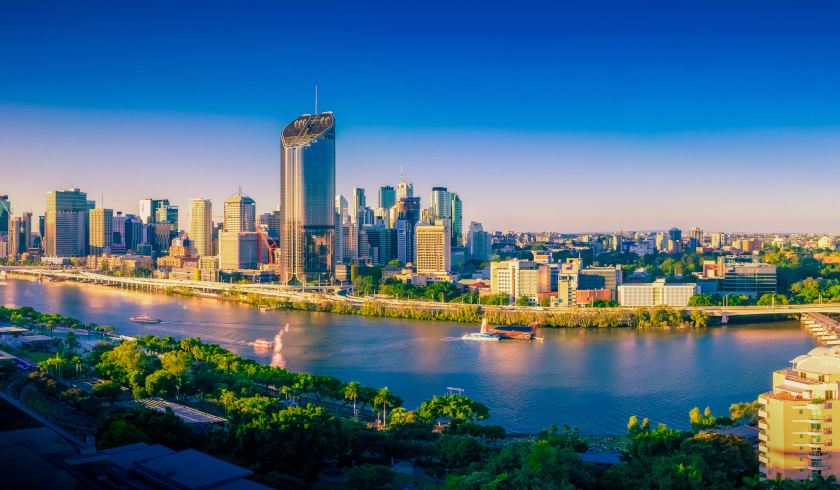‘You’re not buying into a city, you’re buying into a suburb’
Investors are being reminded about the importance of location when seeking to build out their property portfolio.

REIQ CEO Antonia Mercorella has issued a statement to property watchers following research being released that showed Queensland’s rental market continues to face tight conditions. Such figures only reinforce the necessity for current and prospective buyers to consider the rental data, including vacancy rates, of the suburb they’re interested in.
“While there’s evidence of longer-term renting of 10 or more years and some households facing the prospect of a lifelong tenure in this sector, what this suggests is that our rental market has changed from its historical role as a transitional housing sector for people moving into home ownership or social housing to a long-term housing sector for a significant number of Queensland households,” Ms Mercorella said.
“It’s for these reasons rental vacancies can actually act as a barometer that measures the health of our property market.”
Vacancy rates are varied across the state, according to the CEO.
“For example, as the outer regions of our capital city currently highlight tight rental stock at a mean of 1.7 per cent, fluctuations are more pronounced from region to region – Ipswich (1.9 per cent), Logan (2.2 per cent), Moreton Bay (1.4 per cent) and Redland City (1.3 per cent). Meanwhile, inside Brisbane’s 5km city circle, the mean vacancy is 3.9 per cent – the state’s only ‘weak’ rental market for the quarter,” she said.
“However, when you drill down a little further into individual suburbs, postcode 4000 shows significantly higher vacancy levels (13 per cent) versus surrounding postcodes including 4005 (New Farm, Teneriffe – 2.6 per cent), 4006 (Bowen Hills, Fortitude Valley, Herston, Newstead – 7.9 per cent), 4059 (Kelvin Grove, Red Hill – 4.9 per cent), 4064 (Milton, Paddington – 3.3 per cent) and 4101 (South Brisbane, Highgate Hill, West End – 9.2 per cent).”
Ms Mercorella added: “You’re not buying into a city, you’re buying into a suburb, so you need to understand that particular suburb’s vacancy rate now and in the future.”
“For example, in Brisbane CBD we know the rental market has been hit harder due to the high number of renters facing financial stress due to change or loss of employment, a reduction in international tertiary students as well as permanent and temporary migrants, and a significant shift in short-term lets over to the longer-term rental market.
“It’s therefore likely we’ll see rents drop in the inner Brisbane areas, which in turn will result in tenants eventually returning to the city. However, much of it will also depend on the commercial and retail sector’s ability to rebound.
“It’s very much a ‘watch this space’ situation unlike anything we’ve ever experienced.”
